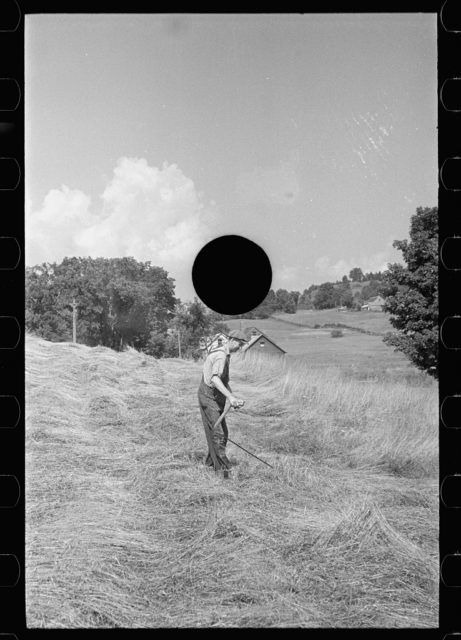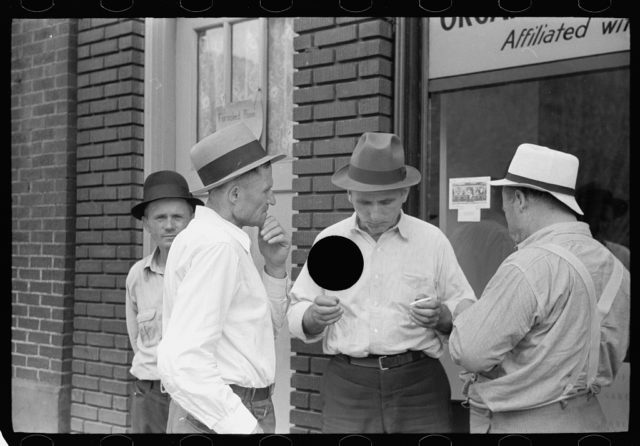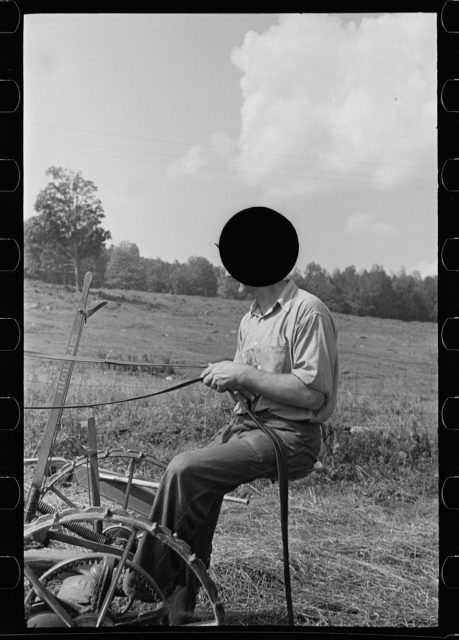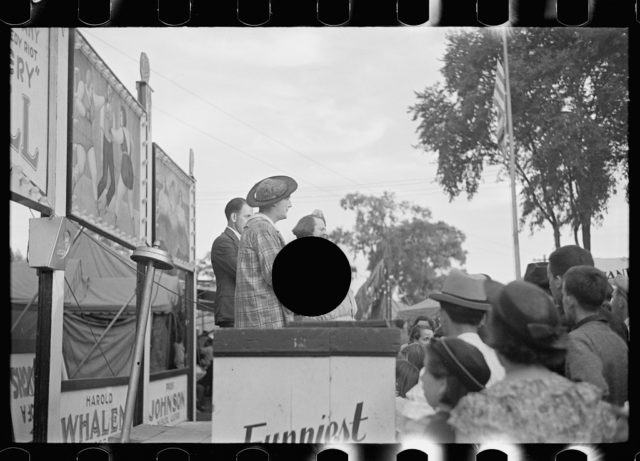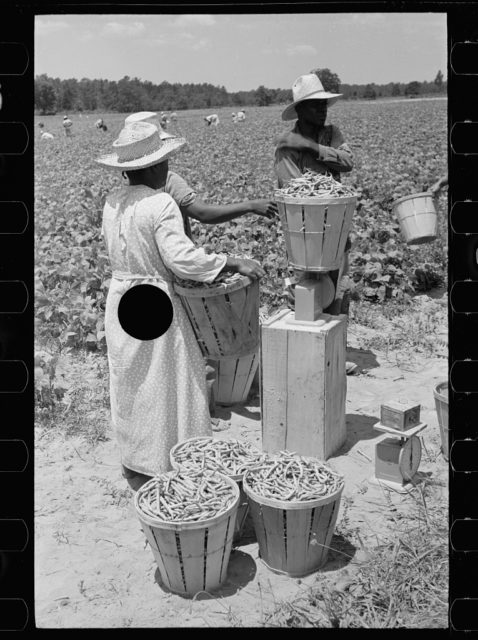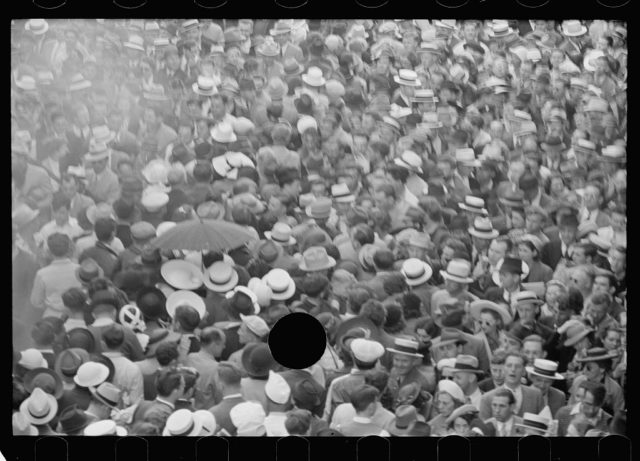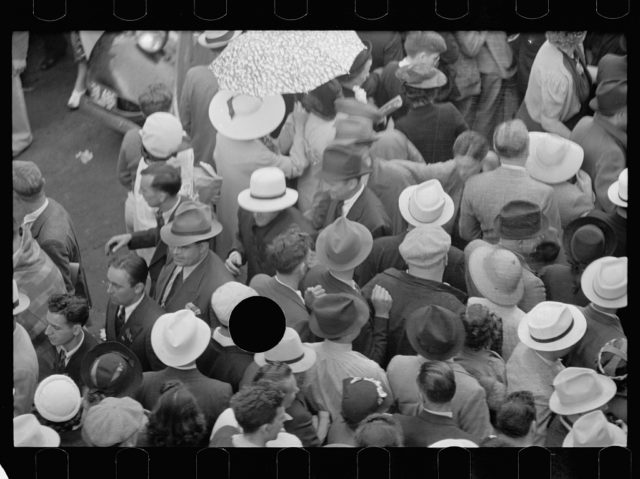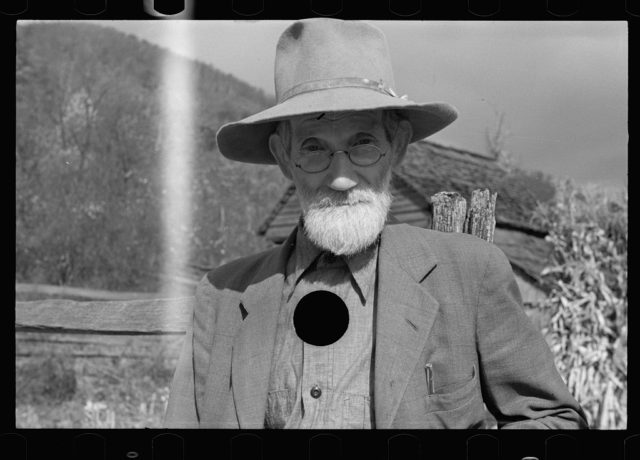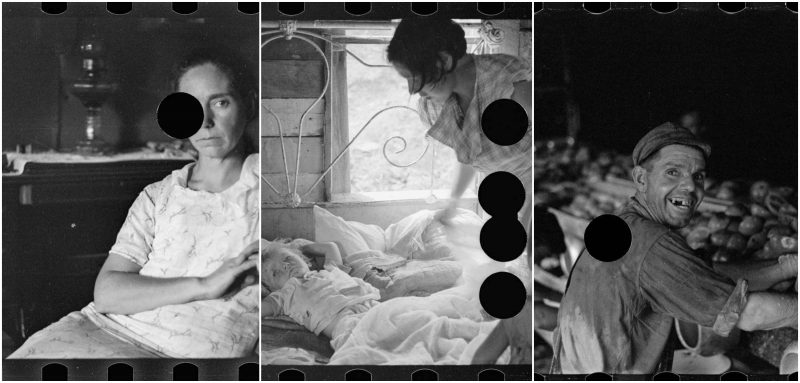In the archives of the Library of Congres, alongside the iconic “Great Depression” photos, thousands of killed, unpublished photographs reside.
Roy Stryker, the director of the FSA’s documentary program, was responsible for hiring photographers such as Dorothea LangeArthur Rothstein, Gordon Parks, and Walker Evans and forwarding them across the U.S.A to capture “misery” that had overtaken the country during the depression.
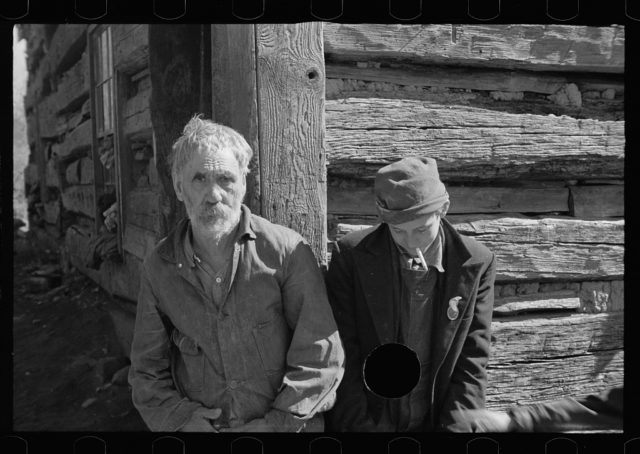
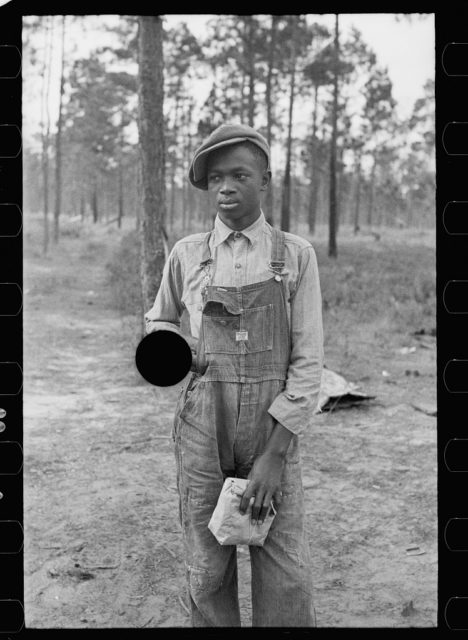
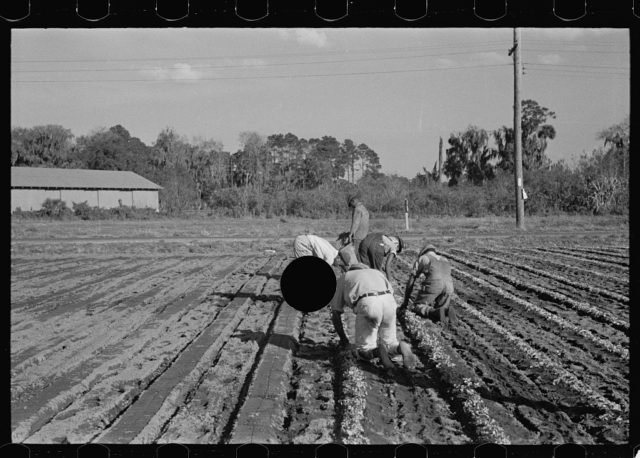
Photo Credit
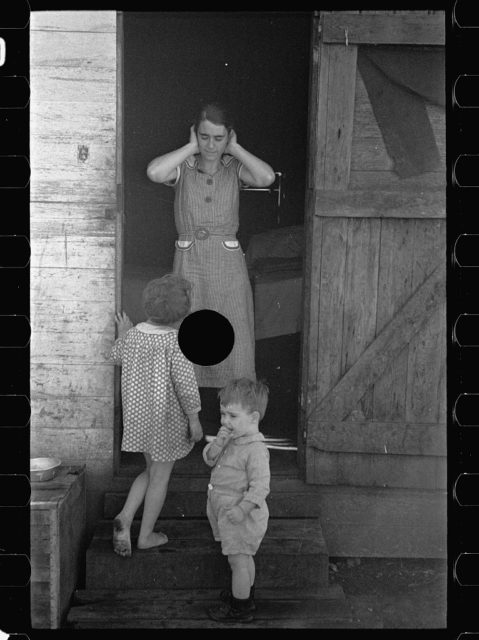
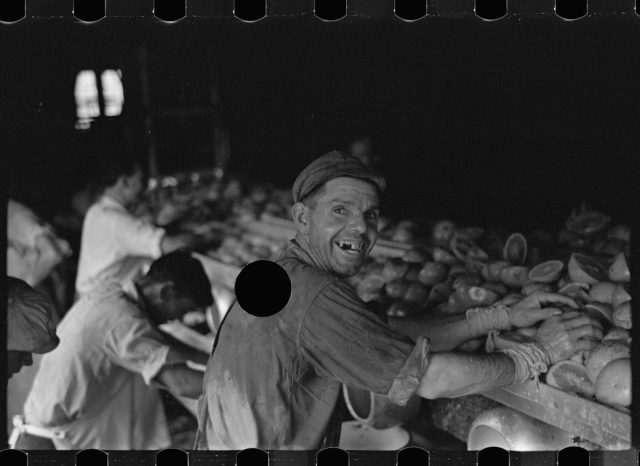
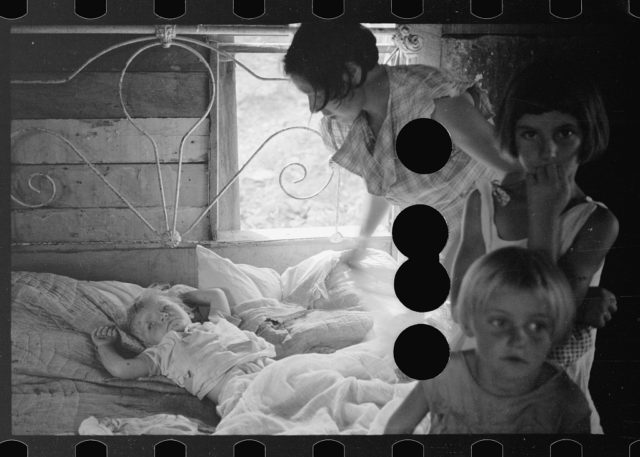
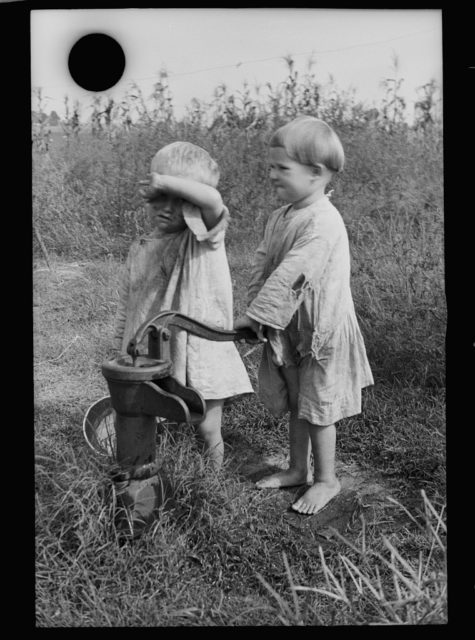
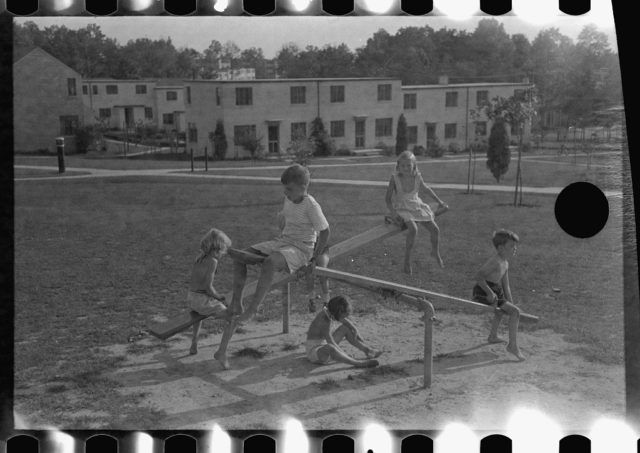
Stryker was quite educated and informed his photographers, providing them with extensive research for each assignment. Stryker wanted to get the best out of his employees, and one would say he was a bit of a dictatorial and tyrannical editor.
Everytime photographers returned from the assignment with the negatives, Stryker and his assistants were painstakingly “reviewing” the photos. Images that didn’t meet the criteria were destined to meet the hole puncher. The weirdest part is that the editor didn’t have any explicit criteria to determine which photos will be published and which will be killed.So we can assume how difficult it was to satisfy his standards as he was ruthlessly “killing” all of the photographs that were not to his liking.
We have to agree on one, because of his sharp eye there are images that fully epitomize The Great Depression, such as the Dorothea Lange’s “Migrant Mother.”
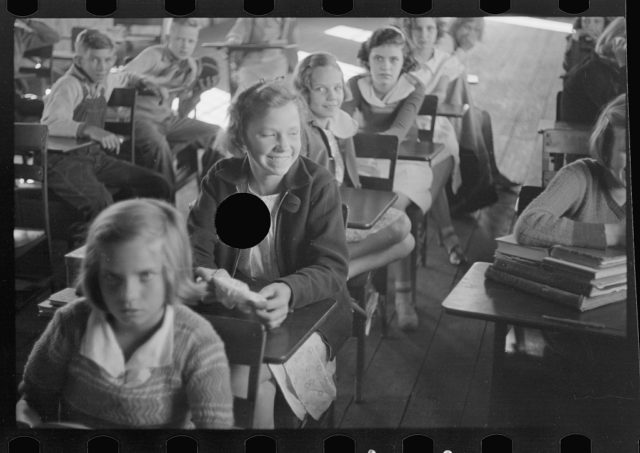
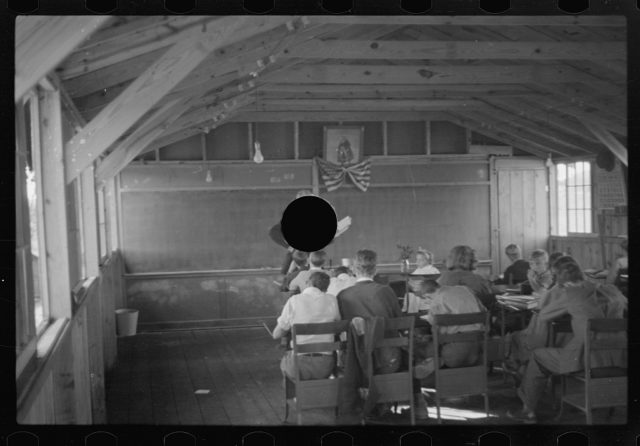
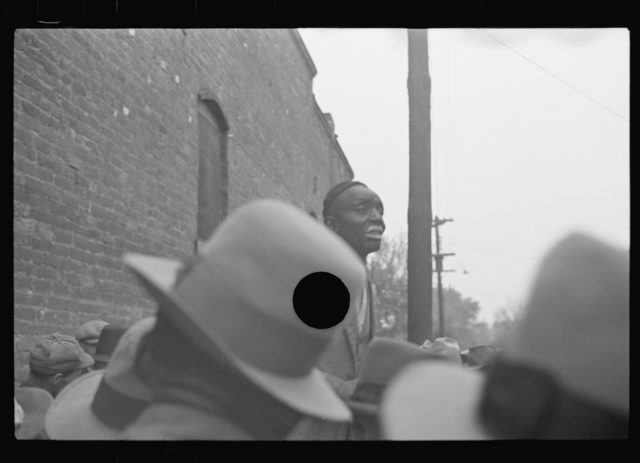
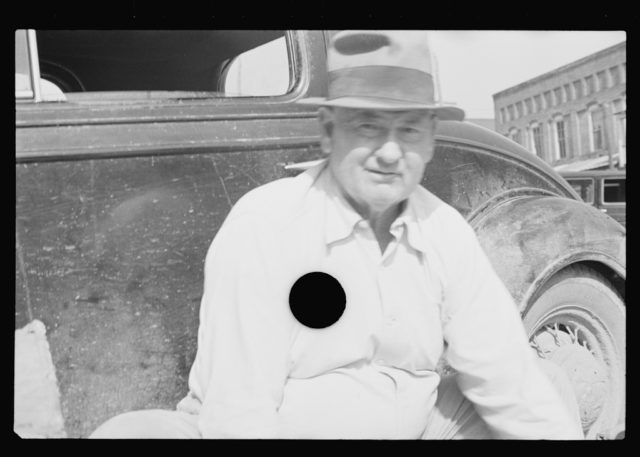
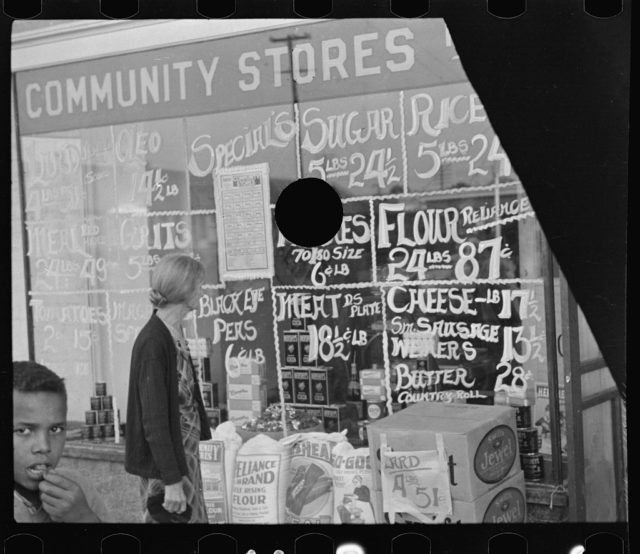
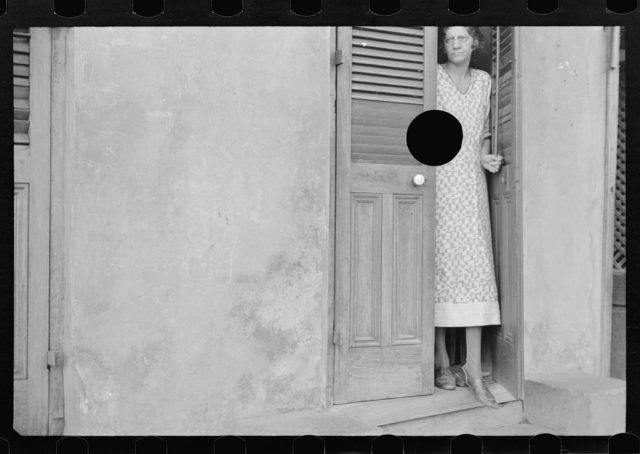
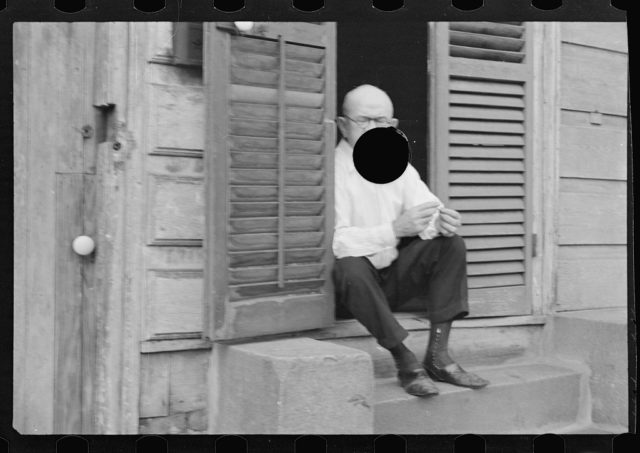
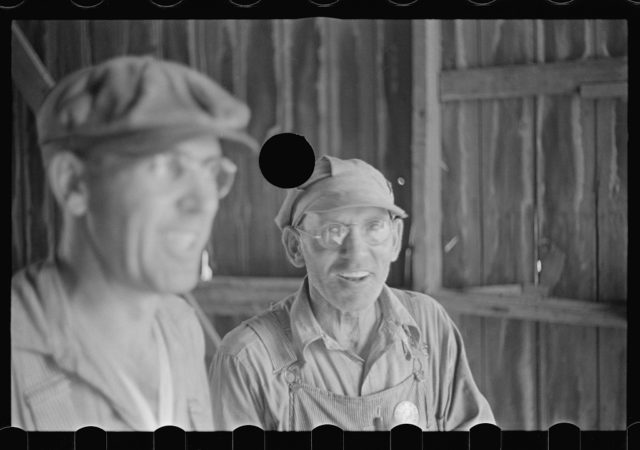
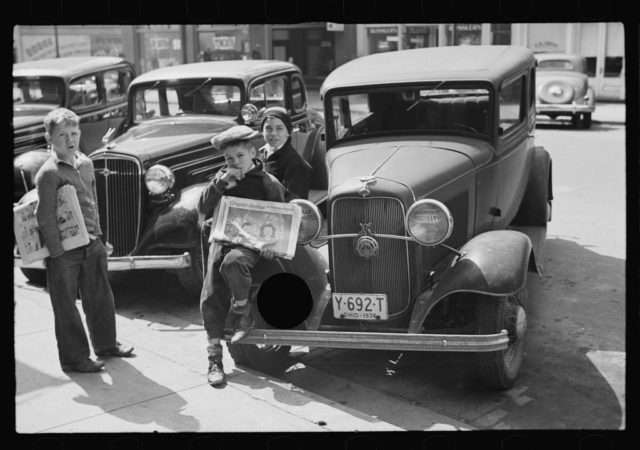
Photo Credit
While some of the photographs were merely punctured once around the corner, others were completely damaged, compulsively punctured several times making them permanently unsuitable for publication.
So, it’s obvious that Stryker was not a favorite among the photographers. They complained and protested constantly against “The photo killer” until in 1939 Stryker finally relented.
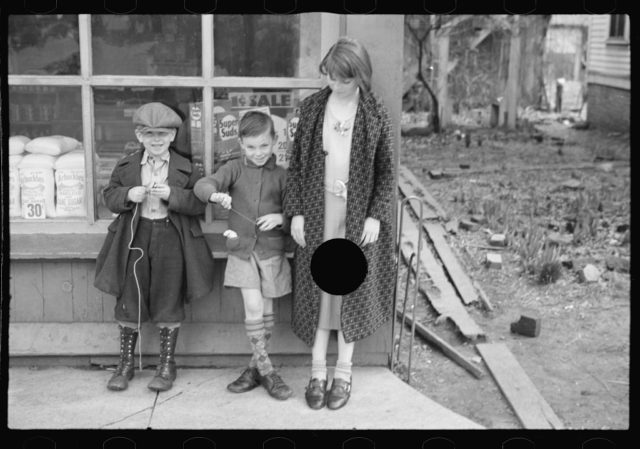
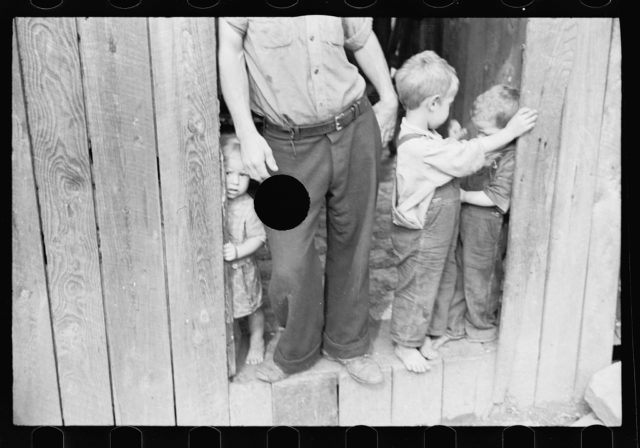
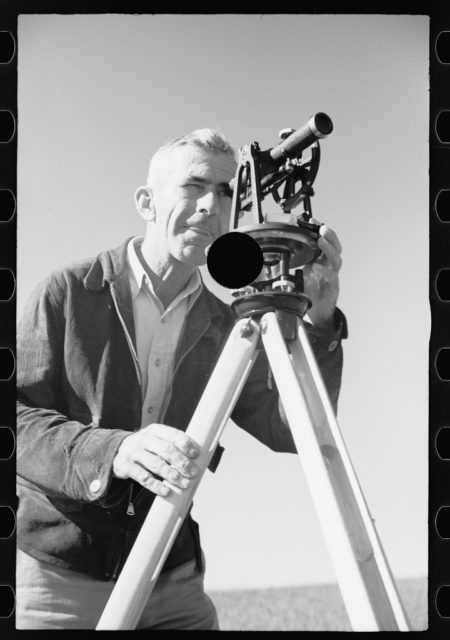
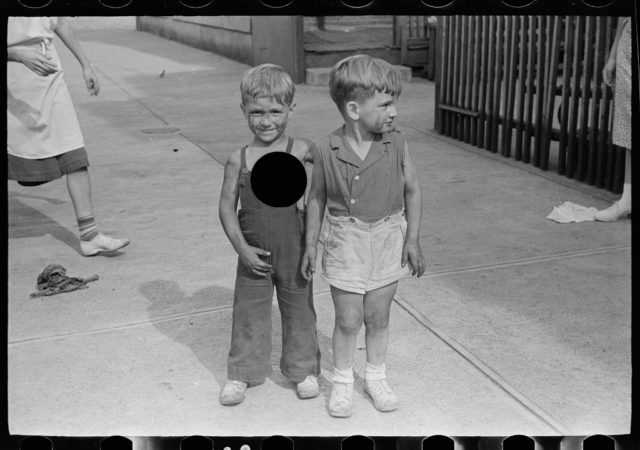
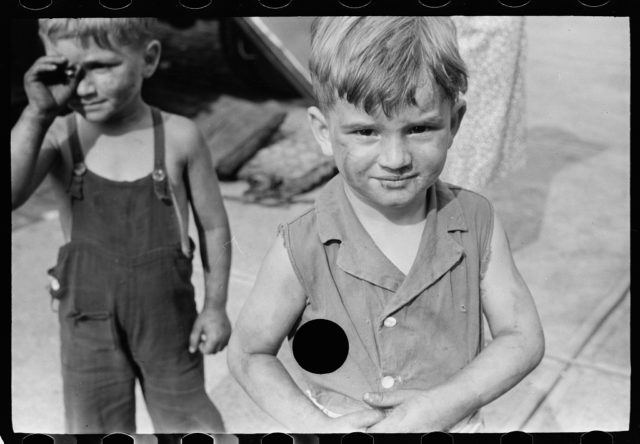
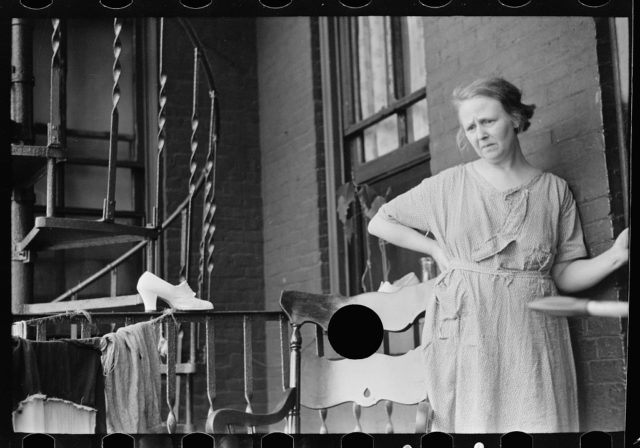
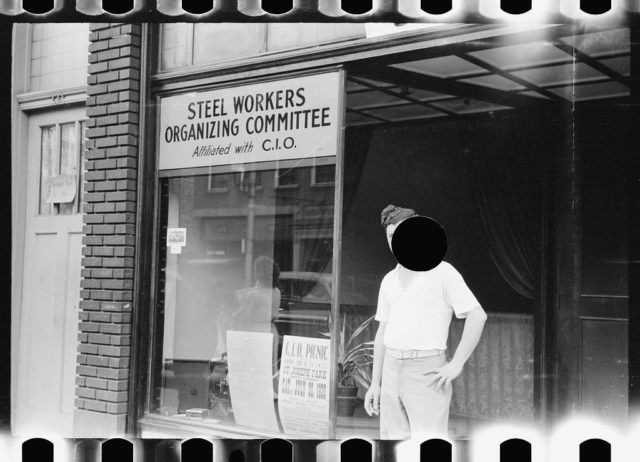
Photo Credit
